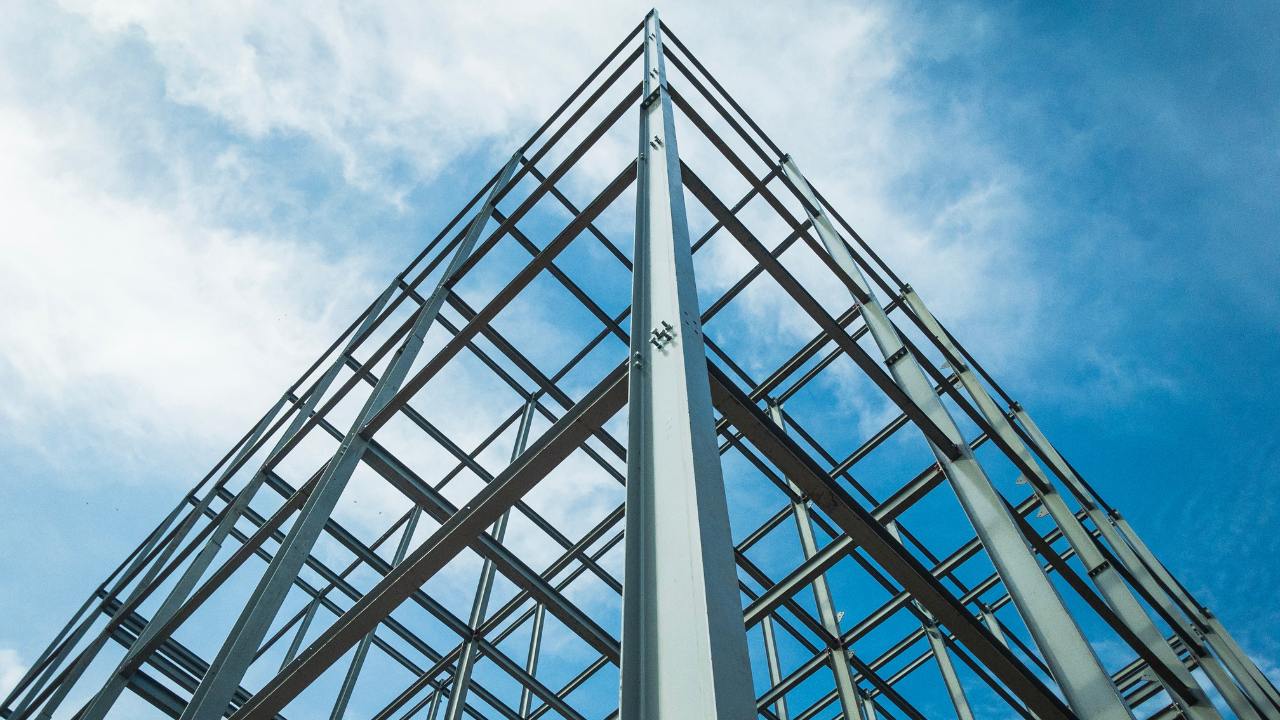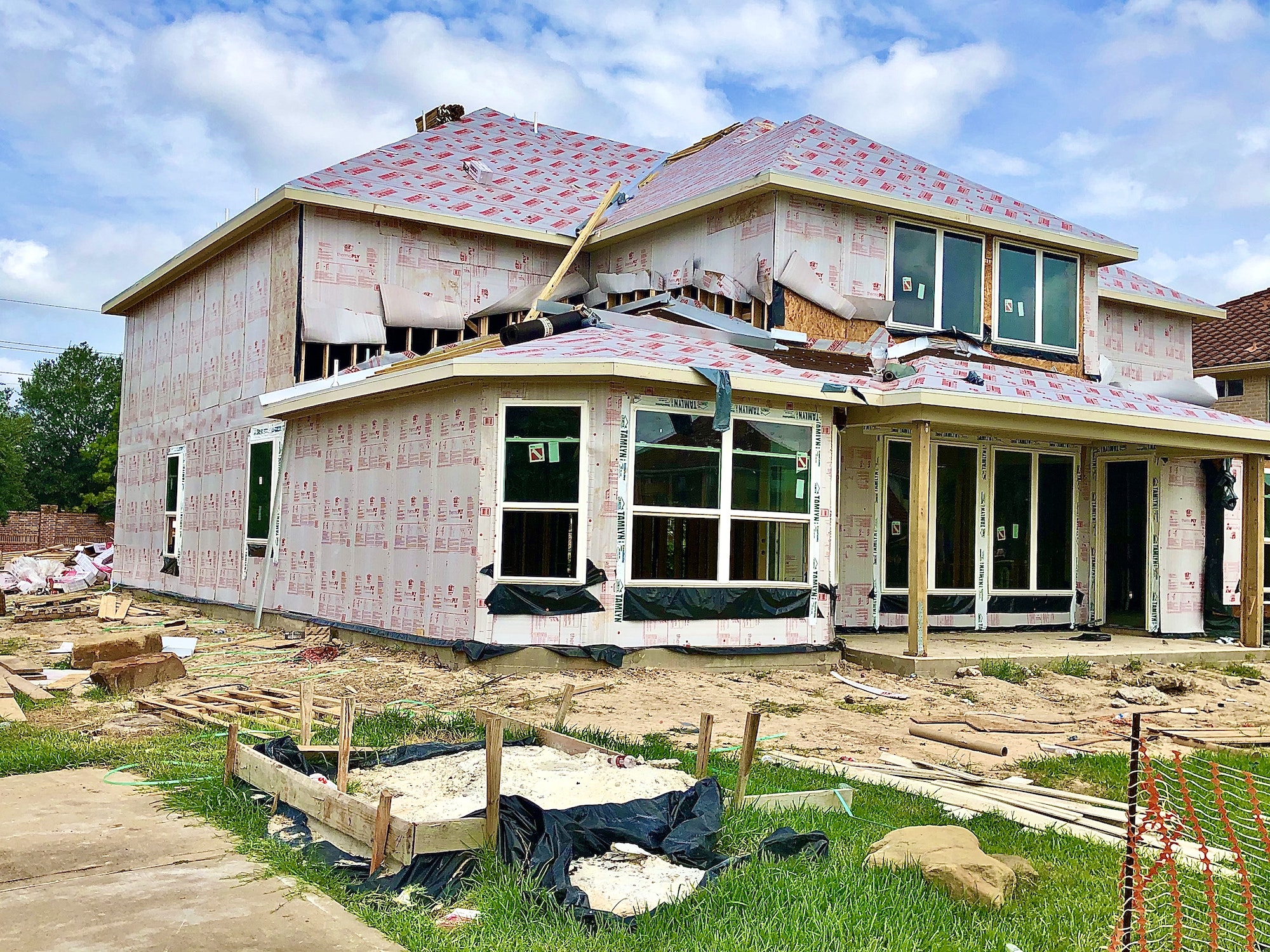Prefabricated homes, also known as modular or prefab homes, have been gaining popularity in recent years due to their affordability, versatility, and sustainable features. These homes are constructed offsite in a controlled factory environment and then transported to the building site, where they are assembled and completed. As with any housing option, there are pros and cons to consider when deciding if a prefabricated house is right for you. This article will delve into the advantages and disadvantages of these unique homes to help you make an informed decision on whether this type of construction is the best fit for your needs.
Cost-Effectiveness and Affordability
One of the most significant advantages of prefabricated homes is their cost-effectiveness in comparison to traditional stick-built houses. The construction process often allows for cost savings due to several factors, which we will explore in this section.
Reduced Labor and Material Costs
As prefab homes are built in a controlled factory environment, this streamlined process reduces labor costs, as there is a smaller workforce involved, and the assembly line-style production is more efficient. Additionally, bulk material purchasing for the factory can lead to significant cost savings, as manufacturers can negotiate better prices from suppliers.
Shorter Construction Timeframes
The construction of a prefab home is typically faster than a traditional stick-built house, as the components are manufactured simultaneously, and the site preparation work can be done while the modules are being built. This time-saving aspect means that your home can be ready for occupancy sooner, reducing the need for temporary accommodation and other associated expenses.
Lower Financing Costs
As prefabricated homes are generally quicker to build, the construction loan period can be shorter, which results in lower interest payments. Moreover, the predictable timeframe and cost structure of prefab construction may make it easier to secure a loan, as lenders can have more confidence in the project’s timeline and budget.
On the flip side, it’s important to remember that the cost of the land and site preparation work, such as grading, utilities, and foundation, are not included in the price of a prefab home. These expenses can vary significantly depending on the location and specific requirements of your building site.
Quality and Customization
Prefabricated homes have made significant strides in recent years in terms of quality and customization options. The following points discuss these aspects in greater detail.
Improved Quality Control
With the construction taking place in a controlled factory environment, prefab homes can benefit from stricter quality control measures. The use of precise machinery and tools ensures that the components are built to exact specifications, resulting in a more consistent and accurate final product.
Customization Options
While prefab homes used to be associated with limited design options, modern manufacturers now offer a wide range of customizable floor plans, finishes, and features. This allows you to tailor your home to your specific needs and preferences, making it a truly unique living space.
However, it’s worth noting that extensive customization can increase the overall cost of your prefab home, as it can require additional design work, materials, and labor.
Environmental and Energy Efficiency
Prefabricated homes offer several environmental benefits, including energy efficiency, reduced waste, and a smaller ecological footprint.
Energy-Efficient Construction
Prefab homes often incorporate energy-efficient features such as high-quality insulation, double or triple-glazed windows, and energy-efficient appliances. These features can contribute to lower utility bills and a reduced impact on the environment.
Reduced Waste
The modular nature of prefab homes means that materials can be used more efficiently, resulting in less waste during the construction process. Additionally, any leftover materials can often be recycled or reused in future projects.
Smaller Ecological Footprint
Through efficient construction methods and the use of sustainable materials, prefabricated homes can have a smaller ecological footprint than traditional stick-built houses. This makes them an attractive option for those looking to minimize their impact on the environment.
Despite these benefits, it’s essential to consider the energy and emissions involved in transporting the prefabricated modules to the building site. Depending on the distance from the factory to the location, transportation can have a notable environmental impact.
Potential Disadvantages
While there are many advantages to prefab homes, it’s essential to consider some potential drawbacks before making a decision.
Limited Resale Value
Although attitudes towards prefabricated homes are changing, there is still a perception among some buyers that these homes are of lesser quality than traditional stick-built houses. This can result in a lower resale value for your home, which could be a concern if you plan to sell in the future.
Zoning and Building Code Restrictions
It’s crucial to research any zoning or building code restrictions in your area before committing to a prefab home. Some localities have strict regulations or requirements that may limit your options or add additional costs to the project.
Potential Site Challenges
Lastly, the actual process of transporting and assembling the modules on your building site can present challenges, particularly if the site is remote or has difficult access. Special equipment or additional labor may be required to overcome these obstacles, which can add time and expense to the project.
In conclusion, prefabricated homes offer several advantages, including cost savings, quality control, and environmental benefits. However, it’s crucial to weigh these against potential disadvantages, such as resale value, zoning restrictions, and site challenges. By carefully considering these factors, you can make an informed decision on whether a prefabricated home is the right choice for your needs.
Durability and Maintenance
Prefabricated homes have evolved over time, and many modern modular homes are now designed with durability and low maintenance in mind. Let’s examine these aspects further.
Durable Materials and Construction
Modular homes are built with high-quality materials that are designed to withstand transport from the factory to the construction site. This often results in a more robust and durable final product, as the components must meet strict structural requirements to endure the transportation process.
Furthermore, many prefab homes manufacturers use advanced building techniques and incorporate features designed for long-term durability, such as moisture-resistant materials and advanced framing methods.
Low Maintenance Requirements
In addition to their durable construction, prefabricated homes often require less maintenance than traditional stick-built houses. This is because many of the materials used in prefab construction are chosen for their low-maintenance properties, such as vinyl siding, metal roofing, and engineered wood products.
However, it’s essential to keep in mind that like any home, a prefab home will still require some maintenance over time. Regular inspections and upkeep are necessary to ensure the longevity and performance of your home.
Financing and Insurance Considerations
While prefabricated homes can offer cost savings and other benefits, there can be challenges in obtaining financing and insurance for these types of properties. We will discuss these issues in this section.
Financing Challenges
Although attitudes towards prefab homes have improved, some lenders may still perceive them as riskier investments compared to traditional stick-built houses. This can make it more challenging to obtain a mortgage or construction loan for your prefab home. Moreover, specific loan products or government-backed programs may only be available for traditional construction projects.
To overcome these challenges, it’s crucial to work with a lender who is familiar with modular construction and can help guide you through the financing process.
Insurance Considerations
Similarly, obtaining insurance for a prefab home can sometimes be more complicated than insuring a traditional stick-built house. Some insurance companies may charge higher premiums due to perceived risks associated with modular construction or may not offer coverage at all.
To find the best insurance options for your prefabricated home, it’s essential to work with an experienced insurance agent who understands the unique needs and requirements of modular construction.
Prefabricated homes offer numerous advantages, including cost savings, quality control, customization options, and environmental benefits. However, prospects should carefully consider potential disadvantages, such as resale value, zoning restrictions, site challenges, financing, and insurance issues, before making a decision.
By thoroughly researching and understanding the pros and cons of prefab homes, you can make an informed decision on whether this type of construction is the right choice for your needs, ultimately leading to a comfortable, sustainable, and affordable living space that suits your lifestyle.

